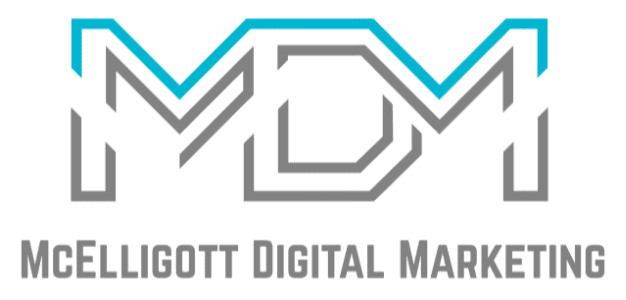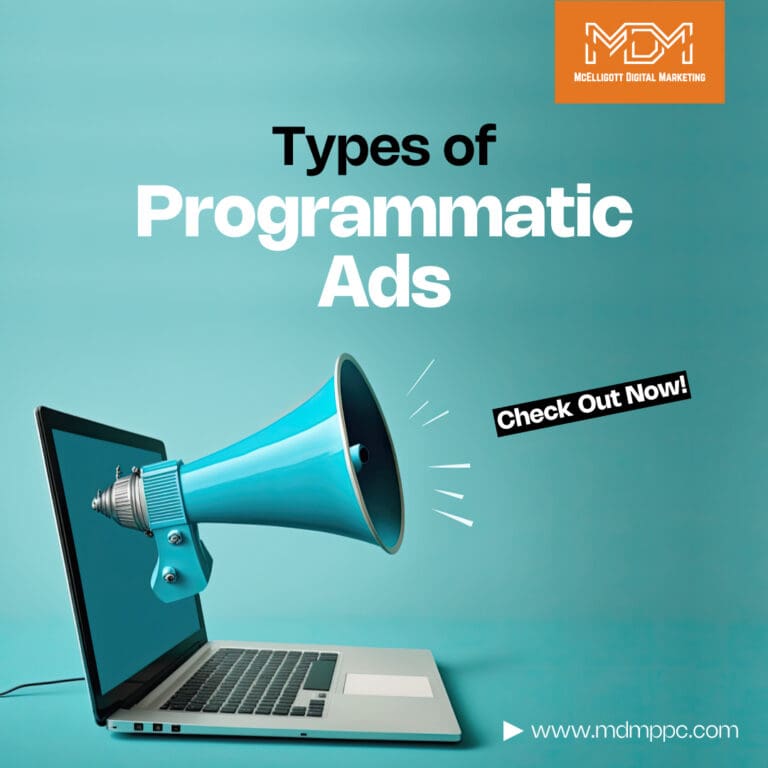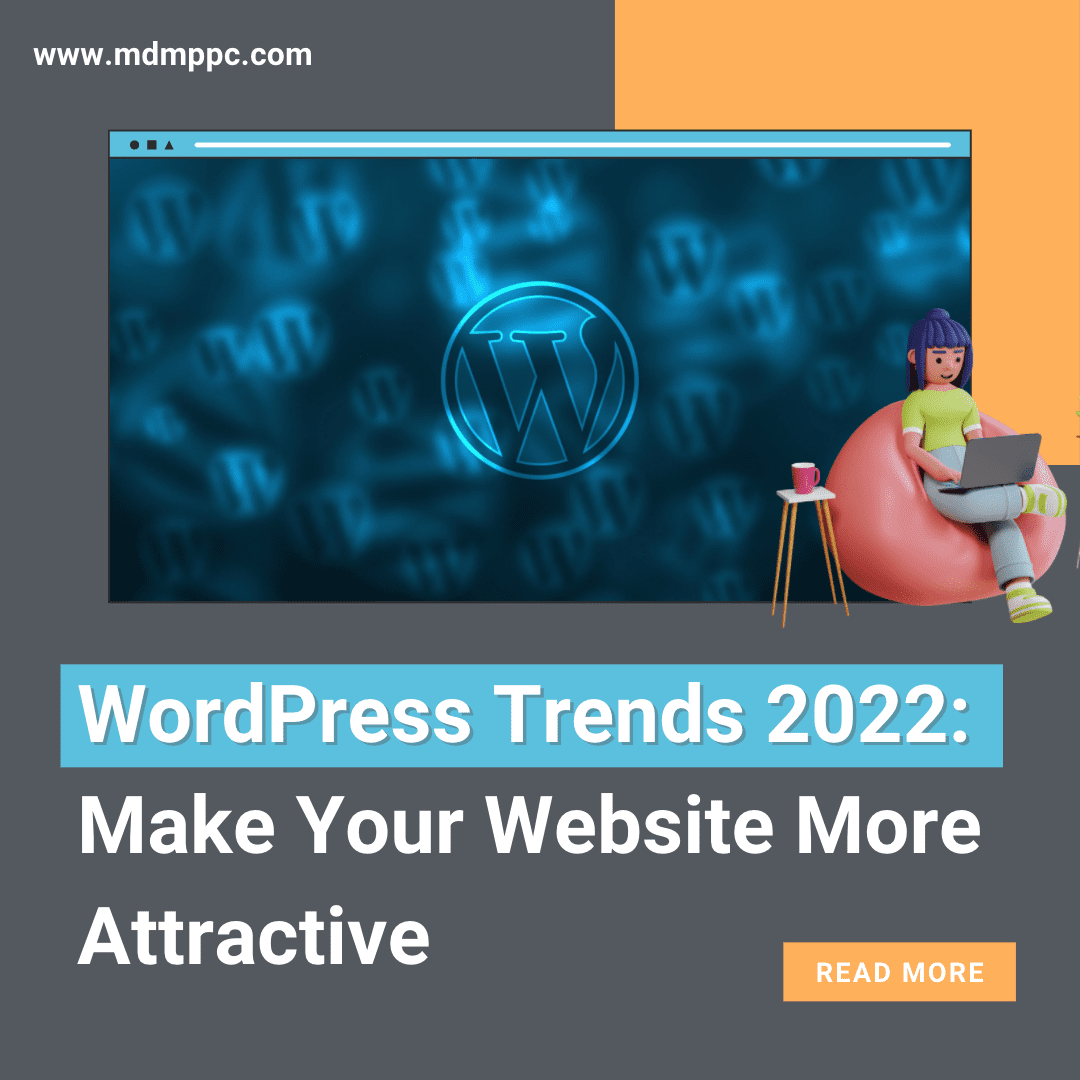If you or your business engages in online advertising, you’ve probably heard about the effectiveness of programmatic ads. If manually managing advertising campaigns has become tedious and you’re seeking an efficient way to reach your audience, programmatic advertising is the solution.
This automated approach utilizes real-time data to deliver targeted messages precisely when and where they are most effective.
There are several types of programmatic advertising that have transformed media buying by allowing you to move beyond generic ad placements. Instead, you can target specific individuals based on their online behavior, interests, and more. This targeted approach has made programmatic advertising a game-changer in the industry.
Without a robust programmatic advertising strategy, you risk falling behind. Marketers are planning to increase or at least maintain their investments in programmatic marketing, highlighting its growing significance.
In this article, we will discuss the fundamentals of programmatic advertising, the types of programmatic ads, and the benefits of programmatic ads.
What is programmatic advertising?
Programmatic advertising is like having a smart assistant for your online ads. Instead of manually choosing where to place your ads and who sees them, you let technology do the heavy lifting.
Let’s say you have a great ad, but it won’t make a big impact if it’s not shown to the right people at the right time. Programmatic advertising takes care of this by using computer algorithms to analyze real-time data. This way, your ad is shown to the audience that’s most likely to be interested in what you offer.
With programmatic advertising, your ad reaches the right customers automatically, making your online advertising more efficient and effective.
Imagine you own a bakery selling amazing sourdough bread. Programmatic advertising is like having a salesperson who works to place your “buy my bread!” posters in the right places at the right times. Instead of manually putting flyers in cafes or sticking posters on lampposts, they use technology to:
- Target the right audience– They figure out who loves sourdough (people browsing vegan recipe websites, maybe?) and show those folks your ads on those websites. No shouting your wares to people not interested in bread!
- Find the best spots– They research which websites get the most attention from sourdough fans and negotiate the best places to display your ad. You get prime ad space, not just random walls.
- Work efficiently– This salesperson never sleeps! They constantly analyze how your ads are performing, adjusting placements and bids in real time to get you the most bang for your buck.
Here are the key components of programmatic advertising.
Advertisers– These are businesses or individuals wanting to reach specific audiences with their ads. To do this, they use Demand-Side Platforms (DSPs) to buy ad space and manage their advertising campaigns.
Publishers– These are the owners or managers of websites that have space available for ads. Publishers make their ad impressions accessible by utilizing Supply-Side Platforms (SSPs).
Ad Exchanges– These are like online marketplaces connecting advertisers and publishers through auctions. Advertisers bid on ad impressions, and the highest bidder’s ad gets displayed on the publisher’s site.
DSPs (Demand Side Platforms)– These are software tools used by advertisers to purchase ad space from exchanges. It’s like their control center for managing where and when their ads appear.
SSPs (Supply Side Platforms)– Publishers use these software tools to make their ad space available to ad exchanges. It’s like the gateway for publishers to connect with advertisers.
Advertisers use DSPs to access ad exchanges, where they bid on and purchase ad impressions from publishers. Publishers, on the other hand, connect with exchanges through SSPs to make their ad space available.
The entire process is quick and automated, thanks to built-in technology, ensuring that the right ads reach the right audience seamlessly. It’s a high-speed, efficient marketplace for online advertising.
4 Types of Programmatic Ads
Programmatic advertising has revolutionized the way we buy and sell ad space online. Gone are the days of manual negotiations and guesswork, now sophisticated algorithms and data-driven insights match advertisers with their ideal audiences in real time.
But within programmatic itself lies a diverse landscape of ad formats, each catering to different goals and user experiences. Let’s delve into the four main pillars of programmatic advertising: display, video, native, and search.
1. Display advertising
The OG of programmatic, display ads are the familiar banner ads, pop-ups, and pre-roll videos you encounter across websites and apps. They’re versatile and cost-effective, perfect for brand awareness and driving traffic to your website.
Key advantages of display advertising–
- High reach and visibility– Display ads can be placed on a massive network of websites and apps, reaching a broad audience.
- Cost-effective– Compared to other formats, display ads can be relatively inexpensive, making them a good option for budget-conscious campaigns.
- Variety of formats- From static banners to interactive rich media, display ads offer a wide range of creative possibilities to capture attention.
2. Video Advertising
In the age of streaming and short-form content, video ads reign supreme. They can be highly engaging and informative, making them ideal for driving product awareness, consideration, and purchase intent.
Key advantages of video advertising–
- High engagement– Video ads capture viewers’ attention for longer than other formats, leading to better recall and brand association.
- Emotional impact– Videos can evoke emotions and tell compelling stories, making them a powerful tool for influencing purchase decisions.
- Multiple targeting options– You can target video ads based on demographics, interests, and even specific viewing behaviors.
3. Native advertising
Blending seamlessly with the surrounding content, native ads feel less intrusive and more organic than traditional display ads. They can be highly effective for promoting content, building trust, and driving engagement.
Key advantages of native advertising–
- Increased engagement– Native ads are more likely to be clicked on and read than other ad formats.
- Improved brand perception- Native ads can enhance brand image by appearing less promotional and more authentic.
- Wider reach- Native ads can be placed on a variety of platforms, including social media, news websites, and even blogs.
4. Search advertising
When users actively search for something online, search ads appear at the top of the results page. They’re highly targeted and intent-driven, making them ideal for driving conversions and sales.
Key advantages of search advertising–
- Highly targeted- Search ads reach users who are actively looking for products or services related to your business.
- High conversion rates– Users who click on search ads are more likely to be ready to buy, leading to higher conversion rates.
- Measurable results– You can easily track the performance of your search ads and adjust your campaigns accordingly.
Choosing the Right Programmatic Format
The best programmatic format for your campaign depends on your specific goals and target audience. Consider factors like:
- Your advertising objectives– Are you looking to raise brand awareness, drive website traffic, or generate leads and sales?
- Your target audience– Where do they spend their time online? What kind of content do they consume?
- Your budget– Different formats have varying costs, so it’s important to choose one that fits your budget constraints.
Programmatic advertising is not a one-size-fits-all solution. Understanding the strengths and weaknesses of each format can help you make informed decisions and create targeted campaigns that deliver real results.
Benefits of programmatic advertising
1. Increased efficiency and reach
Programmatic platforms automate the ad-buying process, saving you time and resources. No more manual negotiations or tedious paperwork.
2. Precise targeting
Laser focus– Target your ideal customers with incredible precision based on demographics, interests, online behavior, and even purchase intent. No more wasting ad spend on irrelevant audiences.
Real-time optimization– Algorithms constantly analyze campaign performance and adjust targeting parameters in real-time, ensuring your ads reach the right people at the right time.
3. Data-driven insights
Measurable results– Gain real-time insights into campaign performance, including impressions, clicks, conversions, and ROI. Track every penny and see exactly what’s working and what’s not.
Continuous improvement– Use data to optimize your campaigns and improve your targeting, messaging, and ad formats over time.
4. Cost-effectiveness
Transparent pricing– Programmatic platforms offer transparent pricing models, so you know exactly what you’re paying for each impression or click. No hidden fees or inflated costs.
Budget Control– Set your budget and stick to it. Programmatic platforms won’t overspend your budget without your approval.
5. Enhanced creativity and engagement
Variety of ad formats– Choose from a wide range of ad formats, including display, video, native, and search, to reach your audience in the most engaging way possible.
Dynamic ad content– Personalize your ad content based on individual user data to create more relevant and impactful experiences.
Conclusion
To sum up, programmatic advertising does the ad-buying legwork for you, freeing up your time to focus on what you do best. It gives you crystal-clear data on your campaign performance. See what’s working, what’s not, and tweak your strategy on the fly. No more throwing money into a black hole.
Programmatic advertising lets you set your spending limits and stick to them. It offers a playground of formats – video, interactive, you name it – to tell your brand story in a way that grabs attention and gets remembered.
McElligott Digital Marketing makes your programmatic marketing investment worth it. Our team of marketing specialists uses automation to craft campaigns that drive results.
Ready to get started with programmatic ads?
Call us at (833) 772-4897 and speak with a specialist about our programmatic ads services.
FAQs
1. How many types of programmatic sales models are there?
There are four main programmatic sales models- open RTB auction, private marketplace, preferred deals, and programmatic guaranteed.
- Open RTB- Everyone bids for impressions in a real-time auction.
- Private Marketplaces- Exclusive clubs, publishers sell to chosen advertisers for premium prices.
- Preferred Deals- Guaranteed impressions at fixed prices, like reserving a restaurant table in advance.
- Programmatic Guaranteed- Fixed volume and price set beforehand.
2. Why is programmatic advertising important?
Programmatic advertising is crucial for its automated, data-driven approach, optimizing ad placement to target specific audiences in real-time, enhancing efficiency, precision, and overall effectiveness in digital marketing campaigns.
3. Which type of digital marketing is in demand?
Programmatic advertising is currently in high demand. Its ability to streamline the ad-buying process and deliver personalized messages has contributed to its popularity and increased demand in the digital marketing industry.





